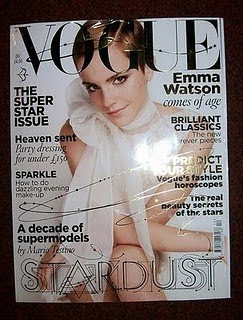many signed a petition for Quiggins to stay in liverpool town centre as they felt it was a great shop for all the family young or old and had various fashion styles for all numerous bouitques and gallerys for upcoming desingers and creators to get started. The protest against the council went on for a long time but eventually Quiggins lost their battle and had to leave thir current position in the town center.







This is the e-mail we sent trying to get in contact with Peter, the owner of Quiggins.
Dear Peter, we are hoping for your help. We are A2 media students at Priestley college at Warrington, and we are creating a documentary on the history and culture of fashion. We would be grateful if we could come to Quiggins and some employees could share their thoughts on how fashion has changed over the years. We are concentrating on the 1960's right until 2010. It would really help us in our coursework if you could spare some of your time to contribute to our documentary, and enlighten us on thoughts on changing fashion trends, and your personal view on how fashion can change in different cultures. The documentary will be shown to around 1000 people and it would really help in our future careers and gain us more experience and understanding of changing fashion trends and history. We thank you for your time, and would be very grateful if you could contact us as soon as possible,
yours sincerely,
Harriet Carmichael, Sarah Bartolo, Brogan Ashley and Ashleigh Egan
Here is another email that we sent through facebook after we spoke on the phone:
Hi ,
I am Brogan i spoke on the phone on Thursday regarding my Media Studies project . On the phone I explained that we would be making a documentary on the history of fashion from 1960's to 2000's . The short documentary would be shown to an audience of
college students and will go towards our A2 level grade. I
talked on the phone about coming to your Quiggins store and interviewing you,asking you some short questions about fashion.There are four of us in the group .lt would be great if you could contact me as soon as you know which day would best suit you and you can do that through facebook mail , my yahoo mail which is broganashley1993@yahoo.co.uk or via 07725762773 .
Look forward to hearing from you
Many thanks
Brogan Ashley, Harriet Carmichael, Sarah Bartolo and Ashleigh Egan
Here is what we got back from Sue:
Hi Brogan, sorry for not getting right back to you , How does a Sunday suit you, I'm normally a bit more chilled on a Sunday, I'll give you a call & have a chat. Sue xxxx
and also
Hi Brogan, is tomorrow still on, only I have lots to do in the morning, & just wanted to check, did you sort out any questions?
Sue xxx






























